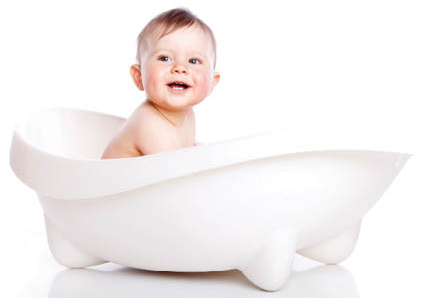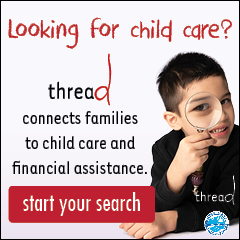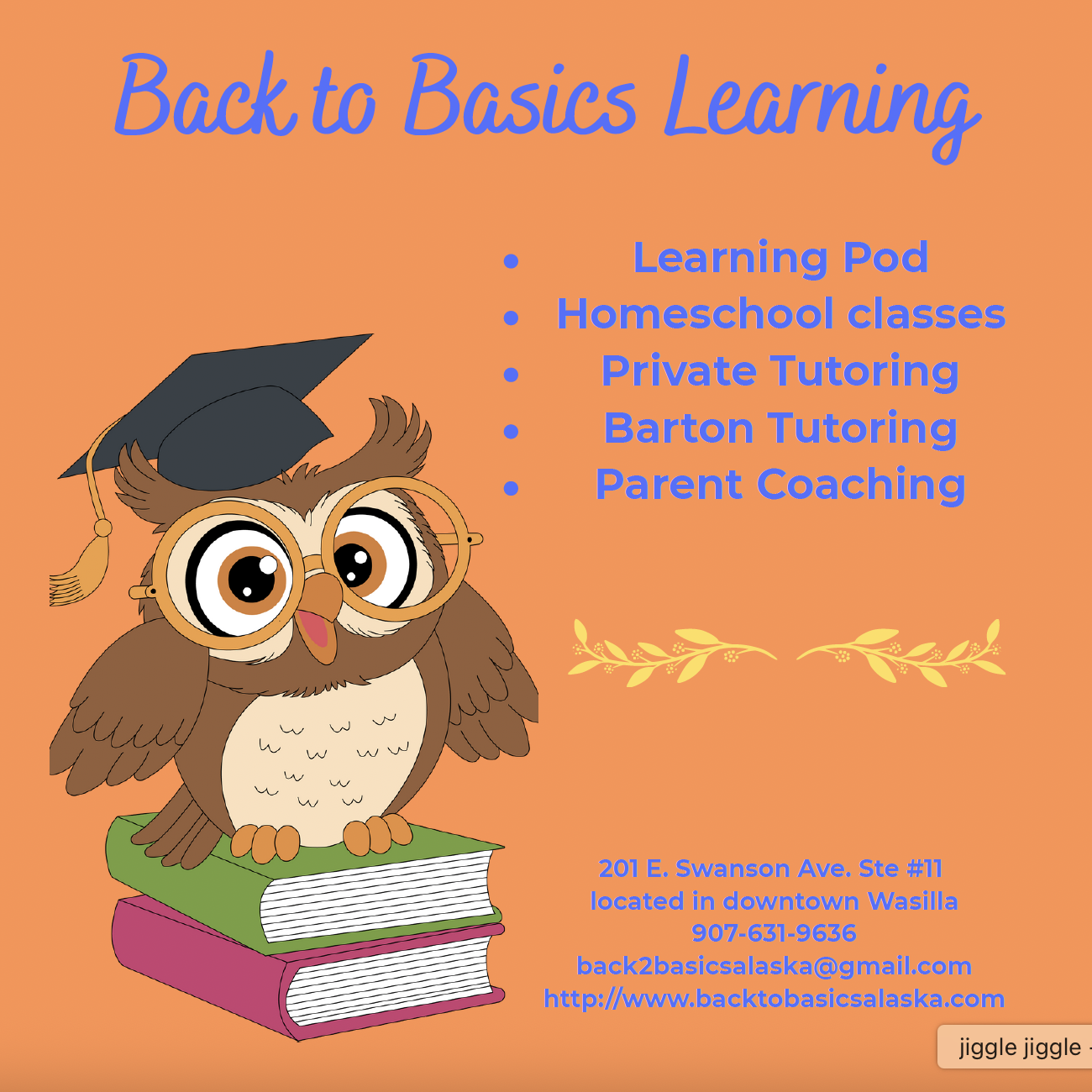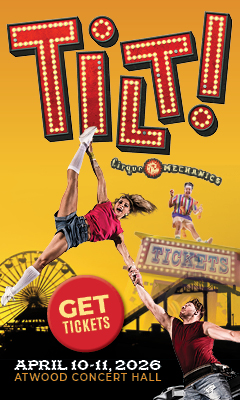
Baby Myths – Busted!
By Amy Newman
As a new parent, you’ll hear a lot of advice and opinions from well-meaning family, friends and even strangers. While some of it will be true and helpful, some of the advice you’ll get will not only be flat-out wrong, but harmful as well. Here, we talk with the pediatric pros to help bust some of those common baby myths.
Myth: Excessive crying means something is definitely wrong.
Truth: In general, when babies cry (and cry and cry), it doesn’t mean something is wrong, says Patty Wolf, nurse and team manager with the Nurse-Family Partnership Program at Providence Alaska Medical Center. Babies cry for a variety of reasons, and while it can indicate a serious problem, more often it’s a normal part of their development. A baby’s cry may indicate that he’s wet, hungry, tired, bored or even overstimulated. It could be his age – studies show an increase in crying between 4 and 8 weeks of age, Patty says. But growth spurts, teething and approaching developmental milestones can also result in tears. So before making a trip to the pediatrician’s office, go through a quick mental checklist to try and determine the reason for your baby’s cries.
Myth: Adding rice cereal to a bedtime bottle helps your baby sleep longer.
Truth: The American Academy of Pediatrics (AAP) recommends not starting solid foods until your baby is 6 months old, Patty says.
“The baby’s digestive system is usually not fully developed until they’re about that age,” she says. Giving baby solid foods – and rice cereal is considered solid food – can cause stomach upset and increase fussiness, neither of which makes for a good night’s sleep. But Patty says that once solids have been introduced, it’s okay to try a late-night feeding of rice cereal or other food to see if having a full stomach helps baby sleep longer.
Myth: Mothers who are breastfeeding should not eat garlic, onions or chocolate.
Truth: Eating an excess of garlic or onion could alter the taste of your breast milk to the point that your baby won’t like it, but unless a specific food is causing your baby discomfort, there’s no need to avoid any particular food while breastfeeding, says Melanie Sipes with Heritage Birth Center in Palmer.
“What you eat doesn’t really go right into your breastmilk,” she says. “Your body metabolizes it. There’s no reason why you can’t eat those things.”
Myth: A baby is ‘constipated’ if they don’t poop at least once per day.
Truth: The number of poopy diapers you change – or don’t change – per day isn’t a precise indicator of whether your baby is constipated. According to the AAP, it is normal for infants, especially those who are breast fed, to go a couple of days without pooping and not be constipated. It’s also normal for an infant to grunt or turn red-faced while pooping, since they don’t have the benefit of gravity.
So how can you tell if your baby is constipated? If your baby seems to be in pain while pooping, if she passes dry or firm stools less than once per day, or if you notice blood in or on the outside of the stools, talk to your pediatrician.
Myth: Baby walkers are a safe way to help infants learn to walk earlier.
Truth: Not only do walkers not help infants walk earlier, they can lead to a host of developmental delays, says Sara Montgomery, a physical therapist with All For Kids Pediatric Therapy in Anchorage.
“Research has found that babies who are frequently put in walkers actually sit, crawl and walk later than those babies who are not, and can have delayed mental and motor development,” she says. This is due to the infants being unable to see their limbs move in space. In addition, walkers place the hips, knees and feet in atypical positions, which can result in poor gait mechanics once the child becomes an independent walker.
Myth: Bouncing baby will cause him to be bow-legged.
Truth: There is not a lot of research to prove or refute this myth, Sara says. There is, however, plenty of research that points to the importance of weight bearing activities, such as bouncing or standing, for healthy hip development.
“When a child stands or bounces, the hip socket starts to be formed appropriately around the leg bone,” she explains. “This is important for hip stability during standing, walking and running.”
Bouncing also helps stimulate the baby’s vestibular system, which plays an important role in balance and vision, provides sensory input through the feet and helps with proprioceptive processing, both of which are important for developing body and spatial awareness, Sara says.
Myth: Babies should be bathed daily.
Truth: Babies only need to be bathed two to three times per week, Patty says. While a daily bath won’t hurt your baby, it can lead to dry skin. Just make sure to clean baby’s face, diaper area and the creases under their chin and folds in the neck, where breastmilk or formula often gets trapped, on non-bath days, she says.
Myth: Babies need water when it’s hot.
Truth: Skip the water, Patty says. A baby’s belly is about the size of a walnut, so filling it up with water takes space away from breastmilk or formula, which is a baby’s sole source of nutrition up until about six months, when solids are normally introduced. After six months, it’s okay to give your baby a few sips of water as they’re learning to use a cup.
Myth: Putting a baby to sleep on their back increases the chance that they will choke if they spit up at night.
Truth: Putting baby to sleep on his back actually decreases the chance that he will choke or aspirate into the lungs, says Marcy Custer, perinatal nurse consultant with the Alaska Department of Health and Social Services. When babies lie on their back, their airway is higher than the esophagus, she explains. This position, coupled with gravity, helps prevent spit up or other secretions from getting in to the airway, which can then cause the baby to choke or aspirate those secretions into the lungs.
Myth: Crib bumpers are a safe way to protect babies’ heads while they sleep.
Truth: “There is no evidence that crib bumpers protect babies’ heads while they sleep,” Marcy says. There is, however, evidence that crib bumpers increase the risk of suffocation, entrapment and strangulation. A baby’s breathing can be blocked if she presses her face against the bumper, or she may re-breathe exhaled air, which can disrupt oxygen levels in the blood, Marcy explains. Loose crib bumper ties can get wrapped around the baby’s neck, leading to strangulation. And if you’re worried that your baby’s head will get trapped between the crib slats without a bumper, don’t be, she says – current standards call for no more than a 2 3/8” space between crib slats, which is narrow enough to prevent a baby’s head from squeezing through.










